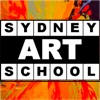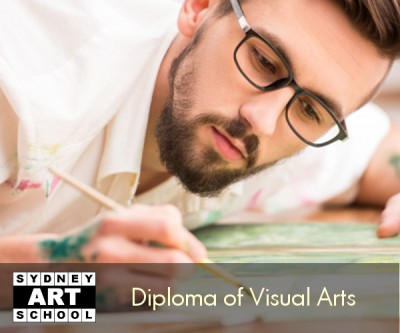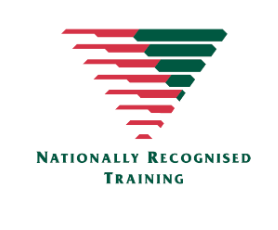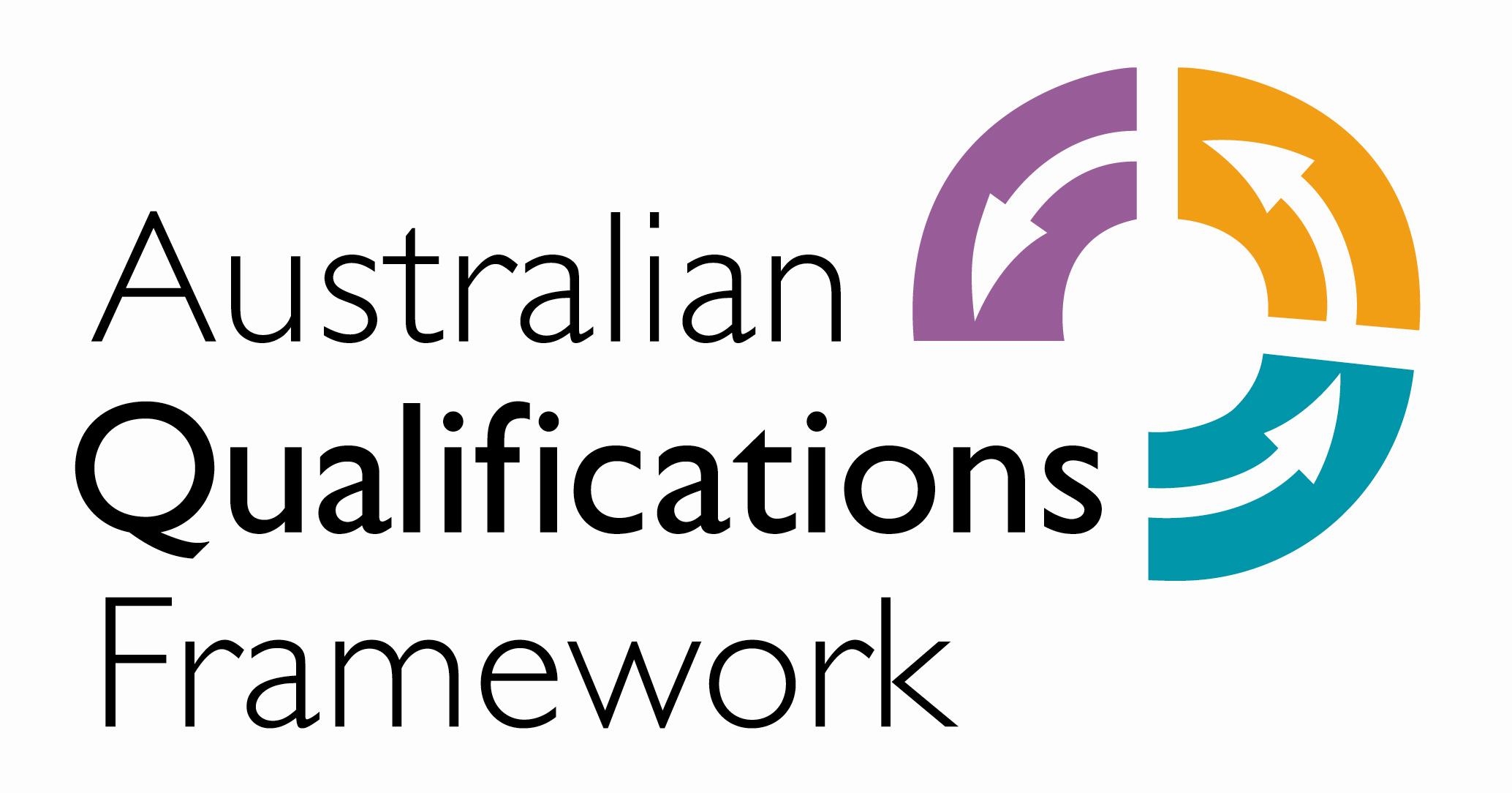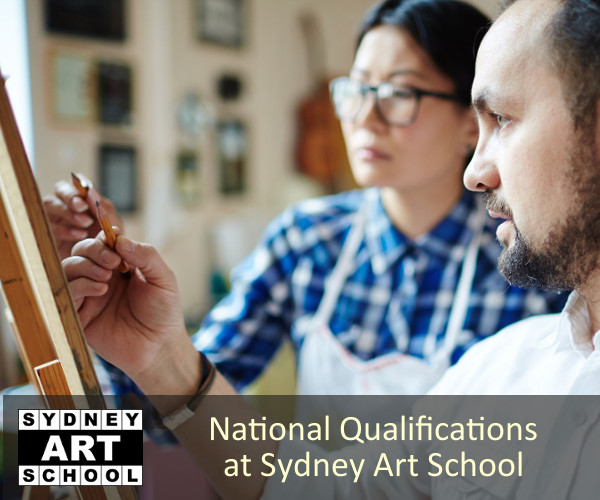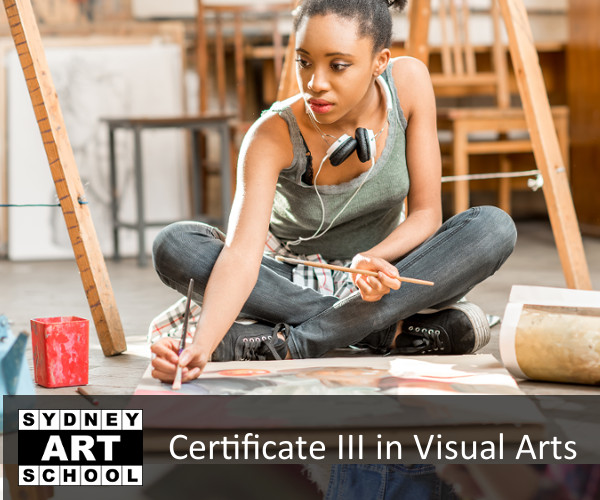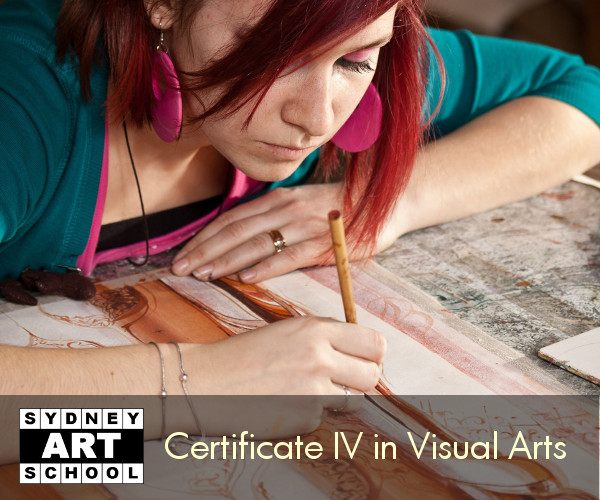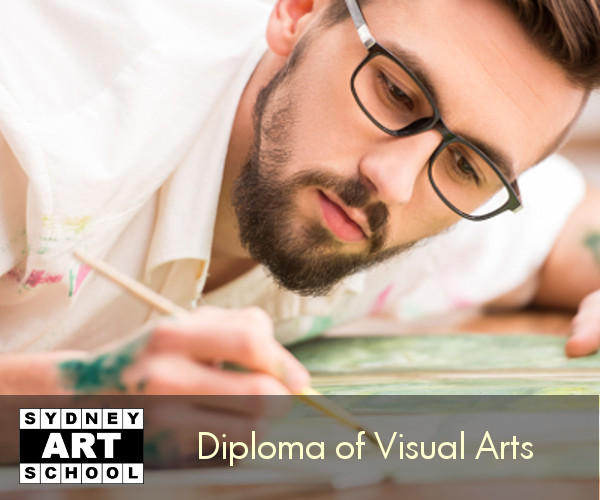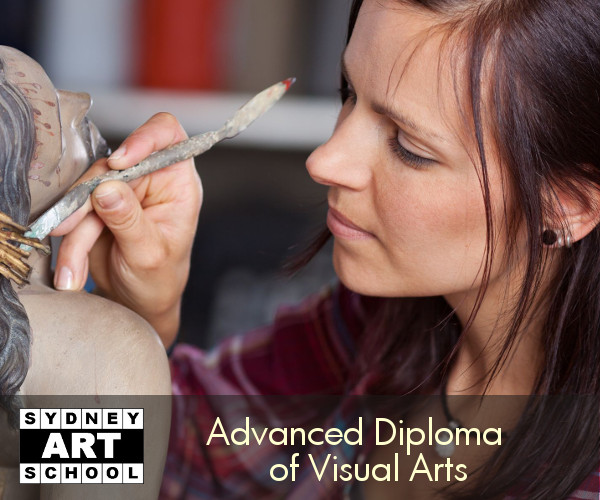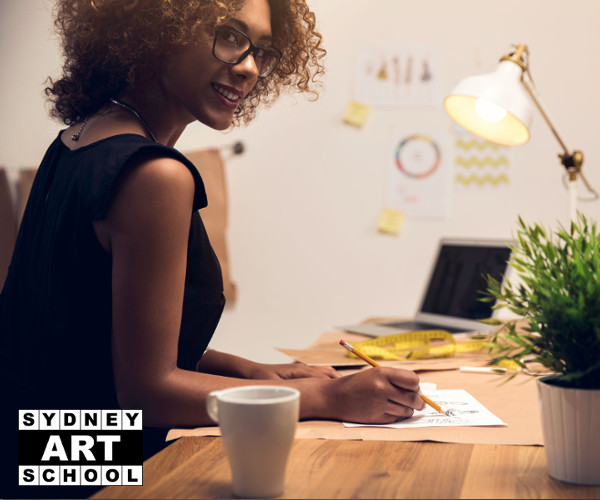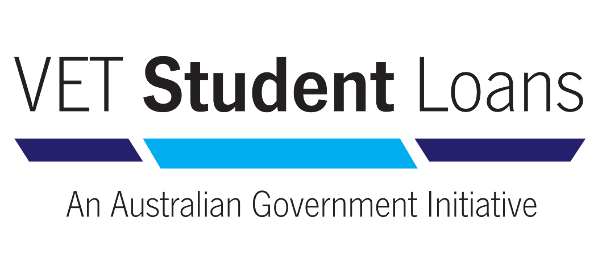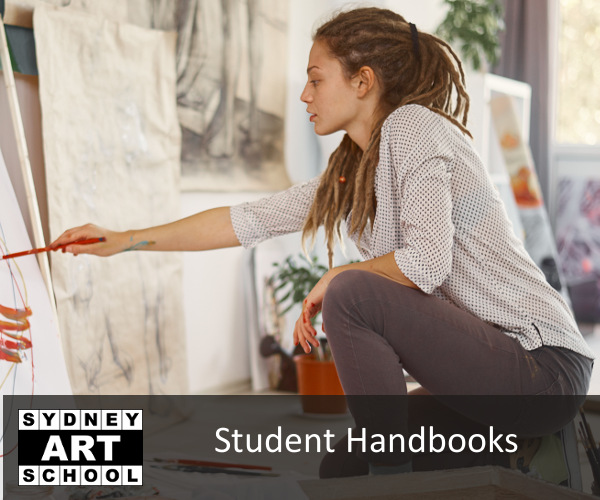Diploma of Visual Arts - CUA51120
The Diploma of Visual Arts at Sydney Art School is available to Australian students as well as international students who wish to study in Australia.
It is ideal for visual arts students who are looking to to extend existing technical artistic skills. The studio based "hands on" based learning model follows the classical atelier tradition of teaching art. Specialised studio sessions will develop your skills in the disciplines of drawing, painting, printmaking and jewellery making.
You will have the opportunity to learn about the business of being a professional artist by participating in the annual student art exhibition and through lectures from visiting artists who discuss their journey within the visual arts profession.
The Sydney Art School Diploma of Visual Arts course is accredited under the Australian Qualifications Framework provides for a pathway into Australian universities. It is also listed on the Commonwalth Register of Institutions and Courses for Overseas Students (CRICOS).
|
NATIONAL CODE CUA51120 |
CRICOS CODE 107094M |
|
QUALIFICATION Diploma |
INDUSTRY AREA Arts & Design |
|
STUDY MODES Full Time, Part Time |
FULL COURSE FEE |
|
INTERNATIONAL ENROLMENT This course is available to International Students |
PATHWAYS OPTIONS Western Sydney University (WSU), Austalian Catholic University (ACU), Other* |
|
Studio Locations Hornsby, Baulkham Hills |
Description
This Diploma of Visual Arts reflects the role of individuals who combine specialised technical, creative and conceptual skills to plan and realise a body of work in one or more art forms. Mediums may include ceramics, drawing and illustration, painting, photomedia, printmaking, public art, sculpture, textile design, wood design, digital art and glasswork.
Visual artists may work in their own practice, or in a wide range of contexts across the arts, government, community or commercial organisations.
Practice at this level is underpinned by application of arts theory and history and the ability to critically analyse and synthesise information from a range of sources. Discourse around complex ideas is also required.
The job roles that relate to this qualification may include Printmaker, Photographer, Illustrator, Visual Artist, Ceramic Artist, Painter, Public Artist, Sculptor, Textile Designer, Woodwork Designer, Digital Artist, Glasswork Artist, Arts Practitioner. It also provides a pathway to other visual arts, craft and design job roles.
Entry Requirements
Individuals must provide evidence of their technical and organisational skills to conceptualise and create works in their selected medium.
Skills and knowledge may have been acquired through experience in creative practice or formal study.
Entry into the Diploma of Visual Arts at Sydney Art School is selective. Admission will be based on consideration various of factors that may include (but not limited to);
- Completion of a Certificate IV Visual Arts at Sydney Art School OR
- Submission of a portfolio of work that allows us to assess your current level of skills in drawing, painting, printmaking or jewellery.
- Your ability and willingness to support your fellow students.
Pathways Information
Pathways into the qualification
It is highly recommended that people entering this qualification possess HSC, Certificate IV qualification in visual arts OR a related discipline AND have well-developed skills in a specialised art form.
Pathways from the qualification
This qualification prepares people for entry into work at a professional level. Its conceptual and theoretical content also supports learning at higher levels. People with a Diploma of Visual Arts often engage in further learning in vocational and higher education through Advanced Diploma and Degree qualifications in a range of arts-related disciplines and beyond.
Qualification Rules and Units
Diploma of Visual Arts Qualification Curriculum
The Sydney Art School curriculum for the Diploma of Visual Arts (CUA51120) has been designed and approved to meet the requirements and standards set by the Australian Government for the award of this qualification. Full details of the rules and unit options can be found at CUA51120 Diploma-of-Visual-Arts
Units you will need to complete
To meet the requirements of the qualification the unit "packaging rules" are;
Total number of units = 15
5 core units plus
10 elective units of which
6 must be from Group A and/or Group C
2 must be from Group B
2 may be from the remaining listed electives or any currently endorsed training package qualification or accredited course.
Syndey Art School Curriculum Unit Options
Sydney Art School offers a set of standard units that provide you foundation set of skills across the disciplines of drawing, painting, printmaking and jewellery making. You can choose to vary the standard units to enable focus on a particular area of interest.
Below are the units that are currently available to you.
Core |
|
CUAACD531 Refine drawing and other visual representation tools |
Electives |
| The Electives that are offered as part of the current SAS standard assessment framework are shown below. Other elective units listed in the qualification may be chosen with the agreement of the School on an exception basis. A complete list can be found at https://training.gov.au/TrainingComponentFiles/CUA/CUA51120_R1.pdf |
Elective Units Group A |
|
Standard Electives from Group A: CUAACD535 Work with the human form in creative practiceCUAACD532 Create observational drawings Optional Electives |
Elective Units Group B |
|
As part of your participation in the annual student exhibition you will be complete the requirements for the following electives. |
Elective Units Group C |
|
Group C Units focus on Ceramics and are not offered by SAS at this time.
|
Other Electives |
|
Up to 2 Listed electives from any currently endorsed training package qualification or accredited course may be used to meet qualification rules. CUADRA401 Experiment with techniques to produce drawings |
Recognition of Prior Learning
Recognition of Prior Learning (RPL) against other units not listed above may be assessed by Sydney Art School on request.
Employability Skills Summary
The following table contains a summary of the employability skills as identified by the visual arts, craft and design industries for this qualification.
|
Employability skill |
Industry/enterprise requirements for this qualification |
|
Communication |
|
|
Teamwork |
|
|
Problem-solving |
|
|
Initiative and enterprise |
|
|
Planning and organising |
|
|
Self-management |
|
|
Learning |
|
|
Technology |
|
